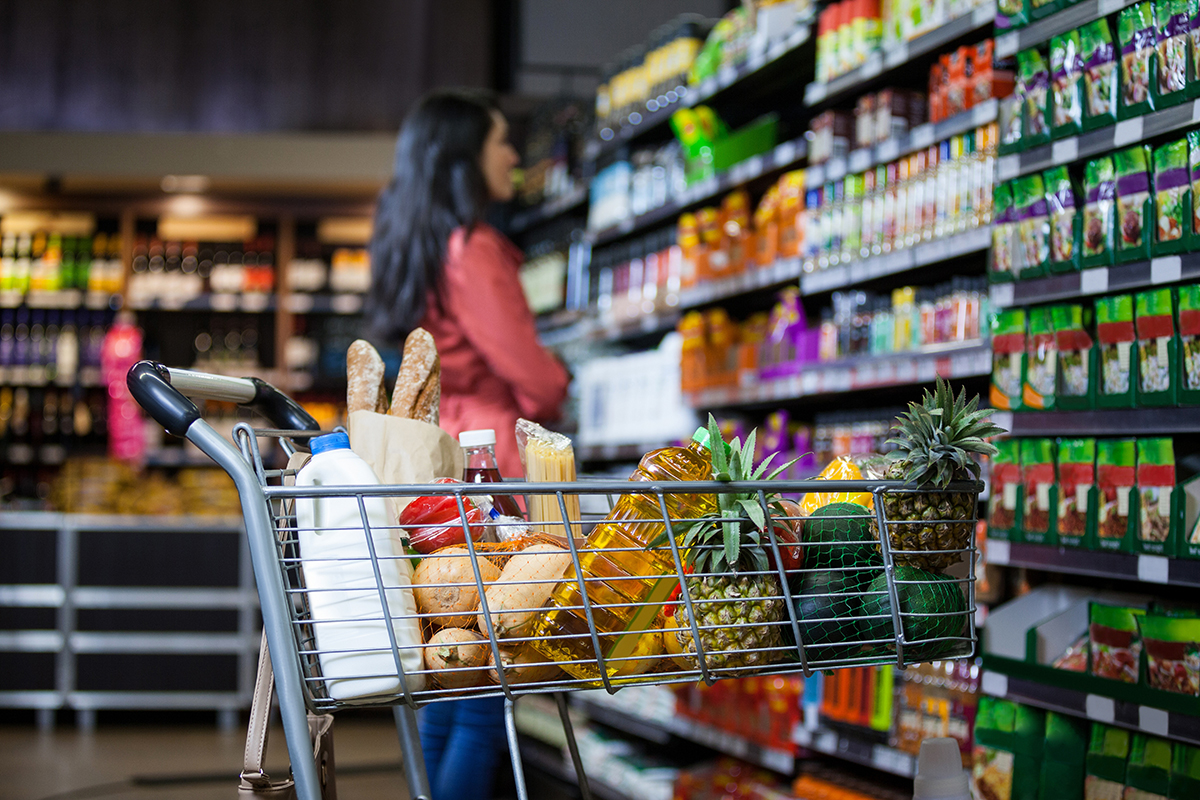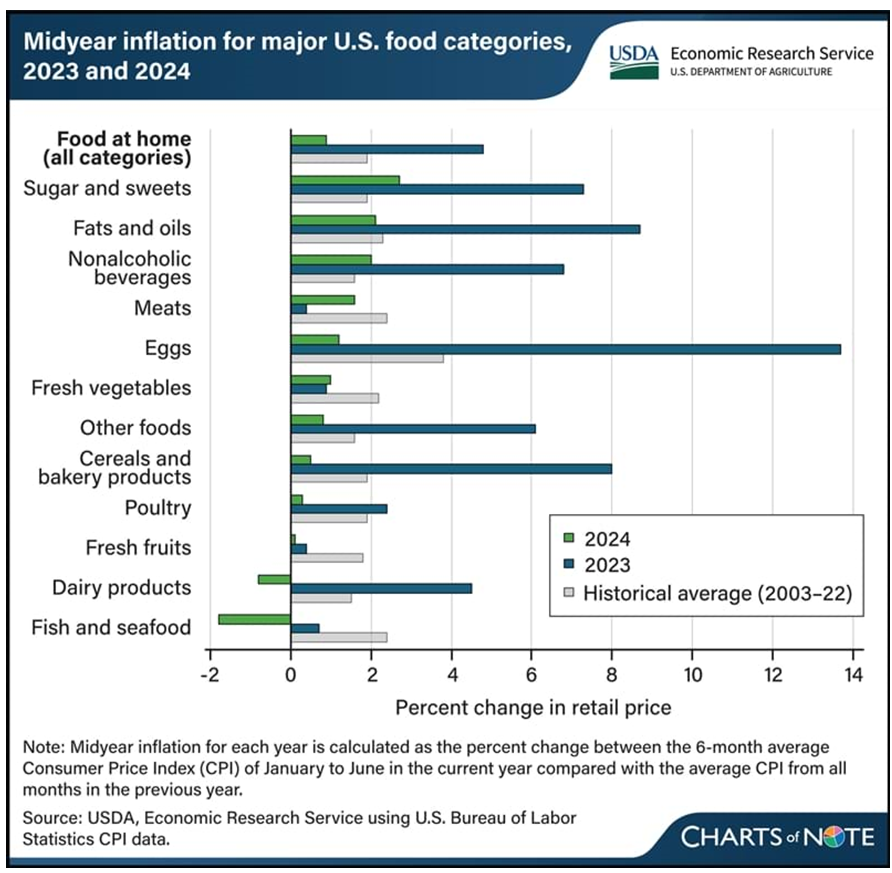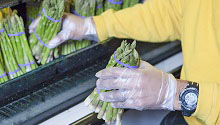By: Marjorie DePuy, Senior Director, Supply Chain and Sustainability, FMI

January is a time of reflection and for setting intentions for the year ahead. For food retailers, this includes reviewing how well they met customers’ demands over the holidays. Did your store have what shoppers wanted, when they wanted it, in the right quantity, condition, location and price? And did shoppers enjoy the experience?
To meet those conditions, supply chains have to operate in high gear and in partnership with growers, makers and shippers – the product suppliers who ensure pallets of egg nog, candied yams, fresh turkeys, potatoes, cranberry sauce, figgy pudding and so much more are delivered to the store or to a shopper’s front door. Internal food retail and supplier teams are crunching numbers, reviewing data and huddling to determine how well they performed compared to previous years and their competition.
FMI has facilitated industry level benchmarking on supply chain metrics for years. In December, we shared findings from the 2019 FMI Supply Chain Benchmarking project, showcased here in a compelling infographic that paints the food retail supply chain with a broad brush of opportunity. In part, due to the rising complexities in our ‘omnichannel’ logistics environment, the supply chain behind the scenes is being tested with rising delivery and service expectations. Orders are being filled more frequently, which means trucks carry smaller quantities more often. The role of air traffic controller is being filled by carriers, shippers and receivers with a growing reliance on technology to bridge gaps between systems and manual processes. There’s increasing demand for a wider array of products to a growing number of locations and disagreement over what constitutes on time delivery – with plenty of supply chain ‘opportunity’ to go around.
The team at Boston Consulting Group (BCG) conducted in-depth conversations as well as complex data reviews in the course of this benchmarking work. Participating supply chain executives said it well, “We’re trying to … evolve from a logistics network built on the productivity of full-pallet, full trucks and learn to fulfill smaller order quantities. We're focused on growing our fulfillment centers to better service online and small customers; we're also upgrading our demand forecasting capabilities to improve service levels.”
Key themes emerged in project discussions around logistics costs, SKU proliferation, collaborative planning, leveraging big data analytics, augmenting core operations and automation. BCG calls out four key areas for food retailers and suppliers to consider:
Opportunity # 1. Align incentives.
Did we come to terms with our trading partners that encourage mutually beneficial behavior?
Opportunity #2. Integrate process.
Did we jointly strategize across our Sales & Operations Planning (S&OP) processes?
Opportunity #3. Enable agility.
Are we nimble, flexible and adaptive to address supply chain complexity with new learning and new methods?
Opportunity #4. Digitize data.
Is our information accessible and actionable across our network and with our partners? Are we leveraging our big data analytics to augment our core operations?
With new intentions set, all we need now are tools, trust, spirit and effort to build the supply chains of the future.


 Industry Topics address your specific area of expertise with resources, reports, events and more.
Industry Topics address your specific area of expertise with resources, reports, events and more.
 Our Research covers consumer behavior and retail operation benchmarks so you can make informed business decisions.
Our Research covers consumer behavior and retail operation benchmarks so you can make informed business decisions.
 Events and Education including online and in-person help you advance your food retail career.
Events and Education including online and in-person help you advance your food retail career.
 Food Safety training, resources and guidance that help you create a company food safety culture.
Food Safety training, resources and guidance that help you create a company food safety culture.
 Government Affairs work — federal and state — on the latest food industry policy, regulatory and legislative issues.
Government Affairs work — federal and state — on the latest food industry policy, regulatory and legislative issues.
 Get Involved. From industry awards to newsletters and committees, these resources help you take advantage of your membership.
Get Involved. From industry awards to newsletters and committees, these resources help you take advantage of your membership.
 Best practices, guidance documents, infographics, signage and more for the food industry on the COVID-19 pandemic.
Best practices, guidance documents, infographics, signage and more for the food industry on the COVID-19 pandemic.
